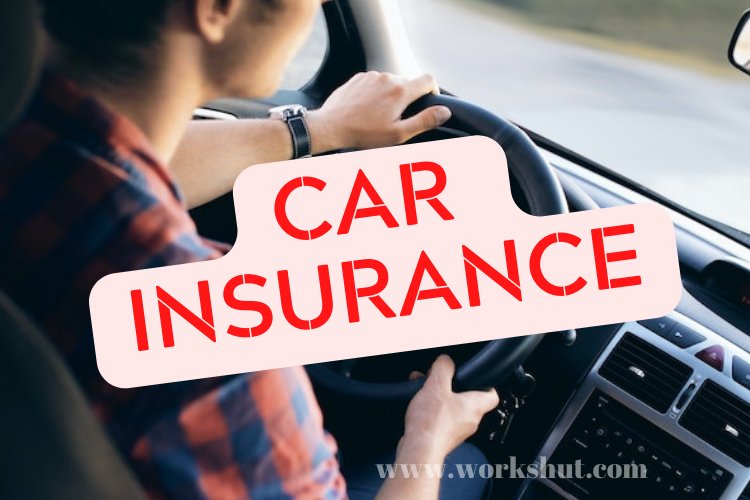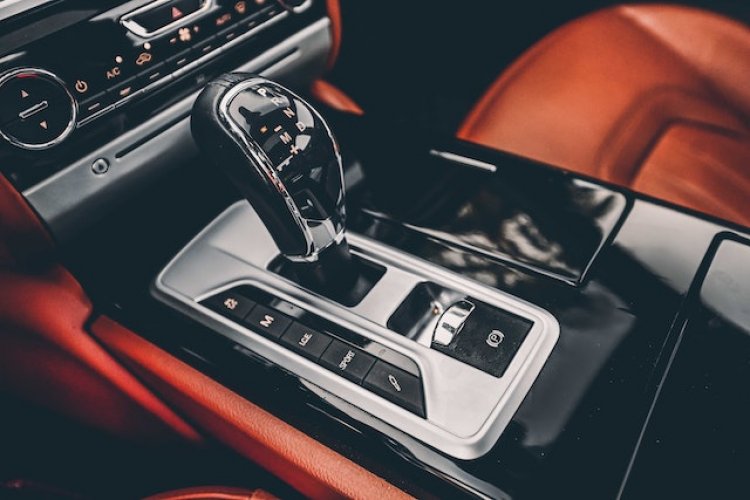How Much Car Insurance Do You Really Need? | How Much Car Insurance Coverage ?
How Much Car Insurance? , How Much Car Insurance Coverage ? , How much liability insurance do I need on my car, car insurance, cheap car insurance, car insurance near me, auto insurance quotes, roots insurance, direct auto, the general car insurance, gap insurance, Car Insurance - How Much Is It? How Much Do I Need?

How Much Car Insurance? Do You Really Need?
The minimum amount of car insurance you need to meet your needs depends on where you live, how much your car is worth, and how much you can pay for insurance. There are many kinds of insurance you may need to protect your finances, but how much car insurance is recommended?
Liability Insurance VS Car Value and Assets
When it comes to car insurance, there are two main types of coverage: liability and everything else. Liability covers damage you might cause to someone else or their property, while everything else covers damage to your own property.
Liability-only car insurance is cheaper, and almost every state requires it. Each state has its own minimum coverage requirements, though. Getting only the bare minimum of coverage is the cheapest option, but it's not the best one. Some states have low liability minimums. For property damage coverage, California and Pennsylvania require as little as $5,000.
Drivers should raise their liability levels as high as they can afford. If you are to blame for an accident and hurt or damage someone else's property or body, you will have to pay for their costs. Drivers who don't have enough liability insurance to cover these costs will still have to pay for them.
The courts can take your money and property to pay for damage you've caused. The best way to protect yourself is to get the most liability coverage possible.

Does Car Insurance is Required?
In 49 of the 50 states, you have to have liability insurance. What states don't require car insurance? New Hampshire is the only state that doesn't require insurance, but you still have to show that you can meet the state's minimum financial responsibility requirements in case of an accident.
Liability insurance laws vary from state to state. Some states require uninsured motorist coverage or personal injury protection, while others only require liability insurance for injuries and damage to property.
Even though the rules are different, they all have the same goal: to keep people from losing money because of someone else's carelessness on the road. It is important to stay up to date on the laws and rules of your state to make sure you are still following them.
How much insurance do you need for your car?
How much car insurance you need and how much is required are two very different questions. Before you decide how much car insurance to buy, you should know how it works.
Often, the minimum amount required by the state is a lot less than what you need to protect your finances in case of an accident. Most drivers should have liability coverage of 100/300/100, which means $100,000 per person, $300,000 per accident for injuries, and $100,000 per accident for damage to property.
You want to be fully protected if you cause a lot of damage in an accident that you caused. You will also want the highest levels of personal injury protection (PIP) coverage, uninsured motorist coverage, and any other coverages required by law in your state. Remember that you are responsible for any damage you cause in an accident, so getting at least 100/300/100 in liability coverage can protect your assets and future earnings.
The law doesn't require you to have comprehensive and collision coverage, but that doesn't mean you don't need them. If you have a loan on your car, your lender may want you to have collision and comprehensive coverage.
You can save hundreds of dollars a year by choosing liability-only insurance instead of full coverage. Your lender may also want you to have other types of coverage, like gap coverage or windshield coverage, to protect their investment.
These coverages are also a good idea if you can't afford to replace your car if it is totaled or pay for a major repair on your own. There are a lot of things that can go wrong with your car, so it's smart to make sure you're covered for any possible loss.
In the table below, you can see how much it costs for state-minimum liability-only coverage, state-minimum comprehensive and collision coverage with a $1,000 deductible, and 100/300/100 comprehensive and collision coverage with a $1,000 deductible. MoneyGeek also has a car insurance calculator that will give you a more accurate estimate based on your age, vehicle, and driving record.
Summary of the Most Common Types of Car Insurance Coverage
1. Body Injury Liability: Liability insurance protects you by paying for the medical bills of the other driver in an accident you caused. Each state has its own minimum liability requirements, but you should have bodily injury liability coverage of at least $100,000 per person and $300,000 per accident.
2. Property Damage Liability: If you cause an accident and are at fault, liability insurance will also pay for damage to another person's property. Each state has its own minimum liability requirements, but you may want to have at least $100,000 in property damage liability coverage.
3. Collision: If you cause an accident, collision insurance will pay for the damage to your car. If you still owe money on your car, your lender may want you to have collision insurance.
4. Comprehensive insurance pays for damage to your car that was not caused by an accident. Damage from hail, theft, and fire are just some of the things that this kind of insurance would cover.

What is the best amount of coverage, and what does "100/300/100" mean?
It's a good suggestion if your coverage levels are 100/300/100, but what does that mean?
1. 100—The first number in your liability coverage is the most your insurance company will pay for a single person's bodily injury claim. In this case, the 100 means that the coverage is worth $100,000.
2. 300 — The second number in your liability coverage is the most your insurance company will pay for claims of bodily injury in a single accident. This doesn't change how much you can have per person, though. So, if you hit someone and they need $126,000 in medical care, you will be responsible for the extra $26,000 over your $100,000 per person limit, even though your maximum per accident is $300,000.
3. 100—The third number in your liability coverage is the most your insurance company will pay for property damage claims in an accident you caused. In this case, the 100 means that the coverage is worth $100,000.
If you can't afford at least 100/300/100 in liability coverage, you might still want to choose the most coverage you can afford. If the highest you can go is 50/100/50, you might want to choose that instead of the state minimums. On the other hand.
you could get more than 100/300/100 if you can afford it and your insurance company lets you. On the road, there are some expensive cars, and the average settlement for personal injuries in a car accident is $52,900. Getting more insurance is an important part of protecting your finances
Summary of what should be covered
All drivers should have at least 100/300/100 in liability coverage, which is a good rule of thumb. If you can't afford to carry this much liability insurance, you might want to carry the most liability insurance you can afford.
If you are a new driver or don't have much driving experience, have a new car, a luxury car, or an expensive car, you might want to get collision and comprehensive coverage to protect your finances. You can also get gap coverage if you have a loan on your car.
Shop around with different companies to find cheap car insurance that gives you the protection you need. For the best car insurance rate comparison, we suggest getting three quotes from different companies.














